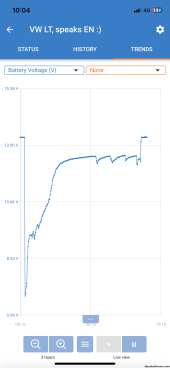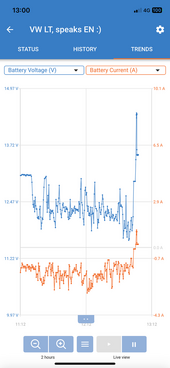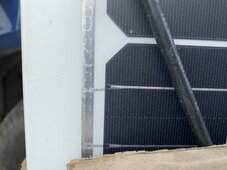Hi, I have recently bought
basic LiTime 100Ah battery
After couple of days of uninterrupted usage yesterday I got cut off from the cells by BMS just by plugging 5W usb charger (through smart solar).
What could be the reason? The day before I have fully charged it (next pic).
LiTime support is not very helpful.
I have just two ideas: I did a short in cigarette lighter socket (but I see no burn marks there) or BMS has some bad solder points. What was new is that the night was coldest so far for the battery: I recorded 7C just below it as a minimum but this battery has no temp sensing AFAIK.
Any ideas/recommendations?
basic LiTime 100Ah battery
After couple of days of uninterrupted usage yesterday I got cut off from the cells by BMS just by plugging 5W usb charger (through smart solar).
What could be the reason? The day before I have fully charged it (next pic).
LiTime support is not very helpful.
I have just two ideas: I did a short in cigarette lighter socket (but I see no burn marks there) or BMS has some bad solder points. What was new is that the night was coldest so far for the battery: I recorded 7C just below it as a minimum but this battery has no temp sensing AFAIK.
Any ideas/recommendations?







